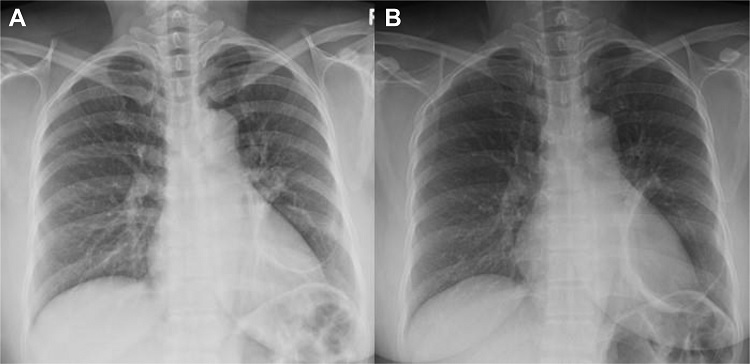White Spots On Teeth Child

The appearance of white spots on a child’s teeth can be a concerning sight for parents, and it’s essential to understand the possible causes and implications of these spots. Dental health is a critical aspect of overall wellness, and addressing issues early on can prevent more significant problems from developing.
One of the primary reasons for white spots on children’s teeth is tooth decay, also known as dental caries. When bacteria in the mouth break down food, especially sugars and starches, they produce acid, which can damage the tooth enamel. This damage can manifest as white spots, which are often the first visible sign of tooth decay. If left untreated, these spots can progress to form cavities, requiring fillings or more extensive treatments.
Another common cause of white spots is enamel hypoplasia, a condition where the tooth enamel does not form properly. This can be due to various factors, including genetic conditions, nutritional deficiencies, or exposure to certain substances during tooth development. Enamel hypoplasia can make teeth more susceptible to decay and sensitivity.
Fluorosis is another condition that can lead to white spots on teeth. While fluoride is essential for dental health, excessive exposure to it during tooth development can cause white or brown spots on the teeth. This is more common in areas where the water supply contains high levels of fluoride or in children who ingest too much fluoride toothpaste.
Diet also plays a significant role in the development of white spots. A diet high in sugars and acids can increase the risk of tooth decay. Furthermore, poor oral hygiene practices, such as not brushing teeth regularly or properly, can contribute to the formation of white spots.
In some cases, white spots on children’s teeth can be a sign of more serious underlying health issues. For example, conditions like celiac disease or other nutritional deficiencies can affect tooth development and health.
It's crucial for parents to monitor their child's dental health closely and maintain regular check-ups with a pediatric dentist. Early detection and treatment of dental issues can significantly impact the long-term health and appearance of the teeth.
Prevention and Treatment
Preventing white spots on children’s teeth involves a combination of good oral hygiene practices, a healthy diet, and regular dental check-ups. Here are some strategies:
- Regular Brushing and Flossing: Encourage your child to brush their teeth at least twice a day with a fluoride toothpaste and to floss once a day. Proper technique is essential, and parents should supervise younger children.
- Dietary Changes: Limit sugary and acidic foods and drinks. Encourage a balanced diet rich in fruits, vegetables, and whole grains.
- Fluoride Exposure: Ensure your child gets the right amount of fluoride. If your water supply does not contain enough fluoride, your dentist may recommend supplements.
- Regular Dental Visits: Schedule regular check-ups with a pediatric dentist. These visits can help identify issues early and prevent more significant problems.
Treatment for white spots depends on their cause and severity. For early stages of tooth decay, fluoride treatments can help reverse the damage. In more advanced cases, fillings or other restorative treatments may be necessary. For enamel hypoplasia or fluorosis, treatment might focus on protecting the teeth and improving their appearance, possibly through dental bonding or veneers.
FAQs
What causes white spots on a child's teeth?
+White spots on a child's teeth can be caused by tooth decay, enamel hypoplasia, or fluorosis. Diet and oral hygiene practices also play significant roles.
How can I prevent white spots on my child's teeth?
+Prevention involves maintaining good oral hygiene practices, such as regular brushing and flossing, limiting sugary and acidic foods, ensuring proper fluoride exposure, and scheduling regular dental check-ups.
What is the treatment for white spots on teeth?
+Treatment depends on the cause and severity of the white spots. It can range from fluoride treatments for early stages of tooth decay to fillings, dental bonding, or veneers for more advanced cases or cosmetic improvements.
Conclusion
White spots on a child’s teeth can indicate underlying dental health issues that need attention. By understanding the causes, maintaining good oral hygiene, and ensuring regular dental check-ups, parents can help prevent these issues and promote healthy, strong teeth for their children. Early intervention and the right treatment can make a significant difference in preventing the progression of dental problems and ensuring a lifetime of good oral health.

